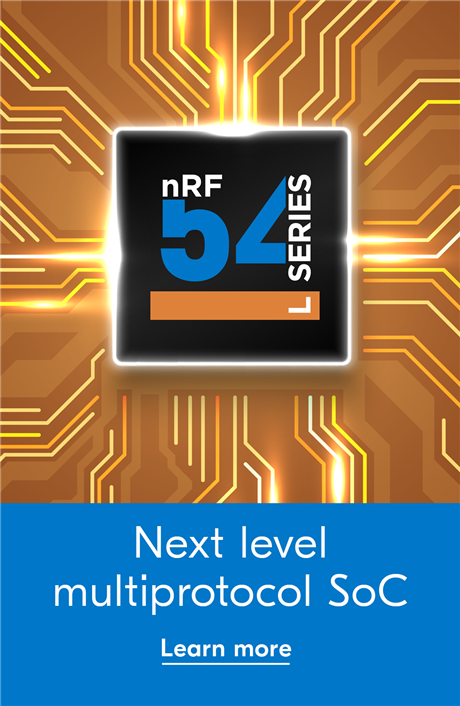A new tool from Nordic has been released, pc-ble-driver-py, which allows Python developers to access the full SoftDevice 2.x.x API from a Python application.
Update: Raspberry Pi unofficial build available!
If you want to try version 0.5.0 on a Raspberry Pi, feel free to grab this build and give it a go! It is not officially supported by the driver and it's not on PyPi, but I am publishing it here in case it's of use to anyone at all.
pc_ble_driver_py_rpi-0.5.0.tar.gz
Overview
Features
The most prominent features of this package can be listed as:
- Flexible modified BSD License to encourage contribution from the community
- High-level abstraction of the SoftDevice API for Python developers (work in progress)
- Thread-safe API with event queues for asynchronous operation
- Optional auto-flashing of the connectivity firmware when loading the module
- Robust J-Link CDC UART enumeration on all platforms
- Support for both 32 and 64-bit Python 2.7.x on all major operating systems
- Featured on the PyPI repository for simple installation
- Ability to build the shared library from source with CMake for customisation
- Ability to build the connectivity firmware based on the official SDK to port it to additional boards
Diagram
The following diagram depicts the overall architecture of the module and how it communicates with an nRF5x IC to expose the SoftDevice API to a Python application:

Components
The main building blocks are:
- The pc-ble-driver-py project on GitHub, which itself includes:
- The Python high-level abstraction of the SoftDevice API in the form of the
BLEDriverandBLEAdapterPython classes - The pc-ble-driver serialization library and serial port communication code, which is included as a Git submodule and is in itself a fully functional library accessible from any high-level language that has the capability of interfacing with C shared libraries, including of course C and C++.
- The connectivity firmware (as part of pc-ble-driver), which includes both the connectivity app and the SoftDevice itself.
- The Python high-level abstraction of the SoftDevice API in the form of the
Requirements
To be able to use the package you require at the very least:
- Python 2.7.x (32 or 64-bit) on any of the following platforms:
- Windows (7 and newer)
- Linux (Ubuntu 14.04 and 16.04 tested)
- macOS (OS X), 10.11 "El Capitan" tested
- An nRF51 or nRF52 DK board connected to the desktop with a USB cable
Additional tools and requirements are documented in the hardware setup section of the pc-ble-driver repository.
Installing the Python package
As described in the pc-ble-driver-py documentation you can simply install the package by using pip:
$ pip install pc-ble-driver-py
This will pull the dependencies and install the package in your local site-packages folder.
Running examples
In the examples folder of the installed package, or alternatively directly on GitHub you will find several Python scripts that make use of pc-ble-driver-py to achieve simple tasks such as enumerating all Segger J-Link serial ports, advertising or acting as a Hear Rate collector.
Note: Some of this examples initialize the BLEDriver class with auto_flash=True, which will trigger the automatic flashing of the connectivity firmware to the board specified via the serial port command-line option.
Contributing to the project
If you find this project interesting, we encourage you to contribute to it via the two GitHub repositories that contain the entirety of the source code:
- The pc-ble-driver repository includes the C and C++ source code of the pc_ble_driver_shared shared library, which is used in turn by pc-ble-driver-py to communicate with the connectivity firmware running on the IC
- The pc-ble-driver-py repository contains the Python abstraction layer, the SWIG file that exposes the C API of the shared library to be used from Python and the examples.
Happy coding!
Carles



